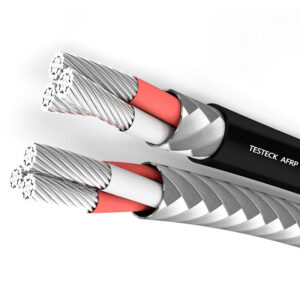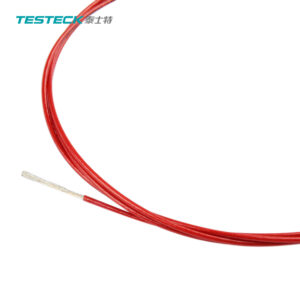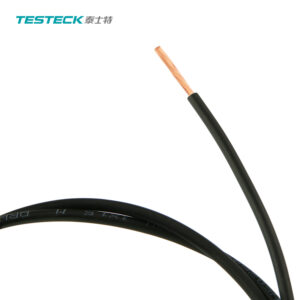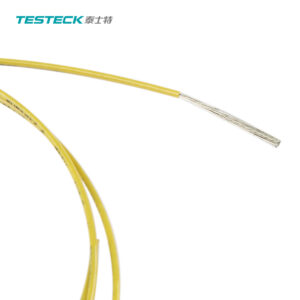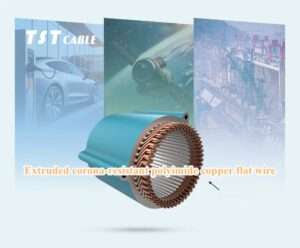
Airborne communication system cable
Airborne communications system cables are insulated for high voltage and low loss and are critical components on aircraft responsible for transmitting voice and data signals between communications equipment such as radios, transceivers, intercom systems and antennas.
GET A QUOTE
Applications
Airborne communication system cable
Product Features:
1. Low loss.
Special conductor structure design, using special coated stranded wire, reduces eddy currents inside the conductor
loss, achieving a smaller conductor outer diameter and excellent weldability; its low loss performance is equivalent to
Litz line reduces unnecessary losses;
2. Three layers of insulation protection, no pinholes;
Multiple layers of insulating coating of different materials eliminate the possibility of pinholes forming.
3. With high insulation voltage, insulating tape and insulation layers can be omitted and the volume can be reduced;
4. Higher temperature level and excellent performance.
Temperature grades include 155°C, 180°C, and 200°C ratings.
5. Easy to peel off.
Due to the use of special coating materials, the conductor is easier to peel off. Can be soldered directly without completely stripping off the insulation layer.
Technical Parameters
| Conductor Size | Standard outer | Maximum outer | Max Conductor | |
|---|---|---|---|---|
| AWG | Outer diameter | diameter | diameter | Resistance(Ω/km) |
| (mm) | ||||
| 32 | 0.55 | 583 | ||
| 30 | 0.254 | 0.56 | ||
| 28 | 0.32 | 0.62 | 0.67 | 237 |
| 26 | 0.404 | 0.7 | 0.75 | 145 |
| 25 | 0.45 | 0.75 | 0.8 | 120 |
| 24 | 0.51 | 0.81 | 0.86 | 89.3 |
| 23 | 0.6 | 0.9 | 0.95 | 66.1 |
| 22 | 0.64 | 0.94 | 0.99 | 56.3 |
| 22 | 0.7 | 1 | 1.05 | 48.5 |
| 20 | 0.81 | 1.11 | 1.16 | 35.2 |
| 20 | 0.9 | 1.2 | 1.25 | 29.4 |
| 19 | 1 | 1.3 | 1.35 | 23.8 |
| 17 | 1.2 | 1.5 | 1.55 | 16.5 |
Also available in:
Arabic
English
German
Indonesian
Japanese
Russian
Spanish
Thai
Vietnamese






